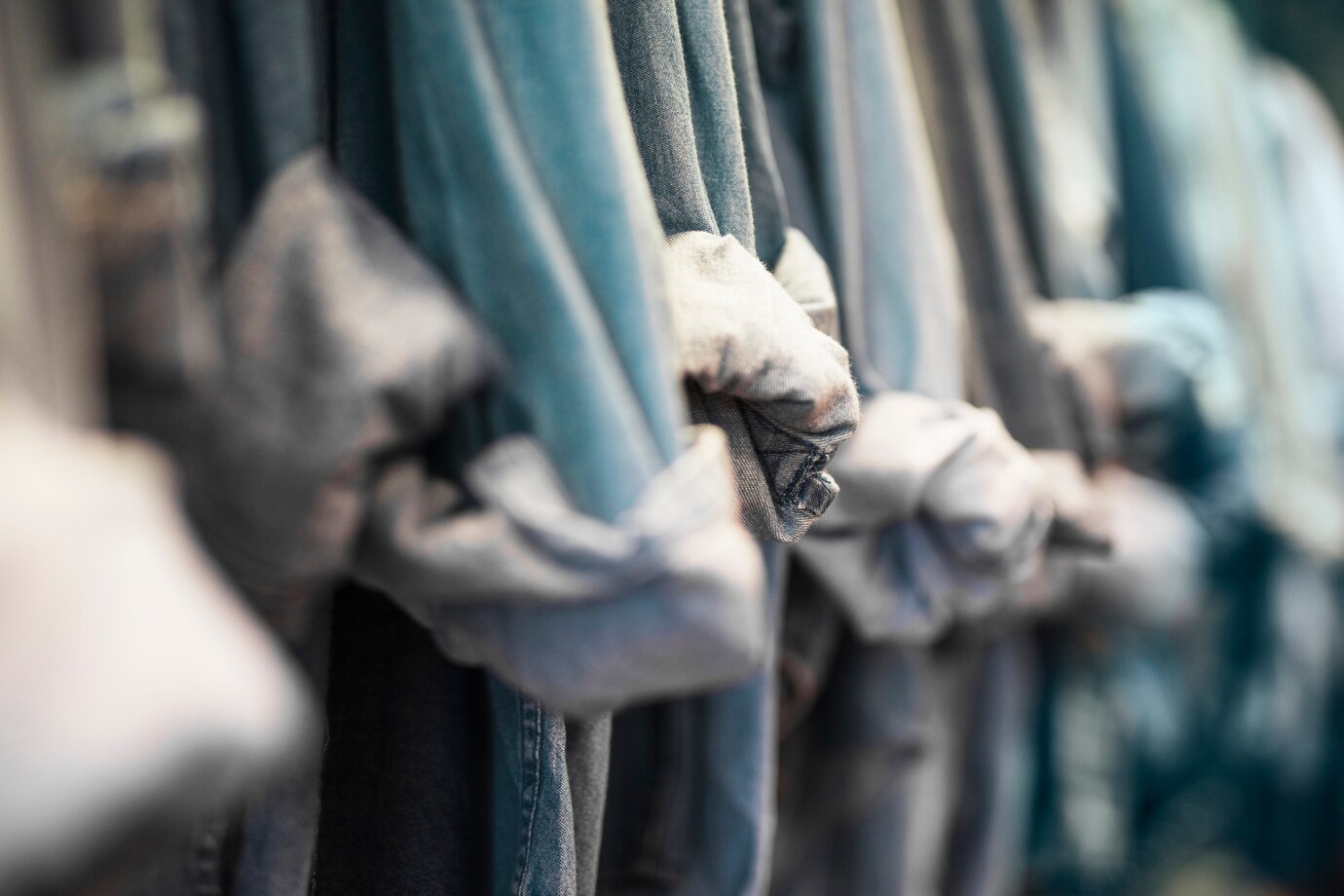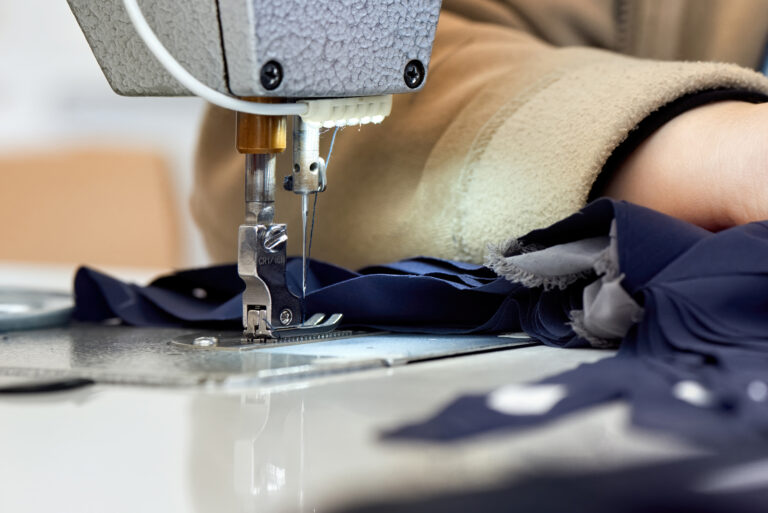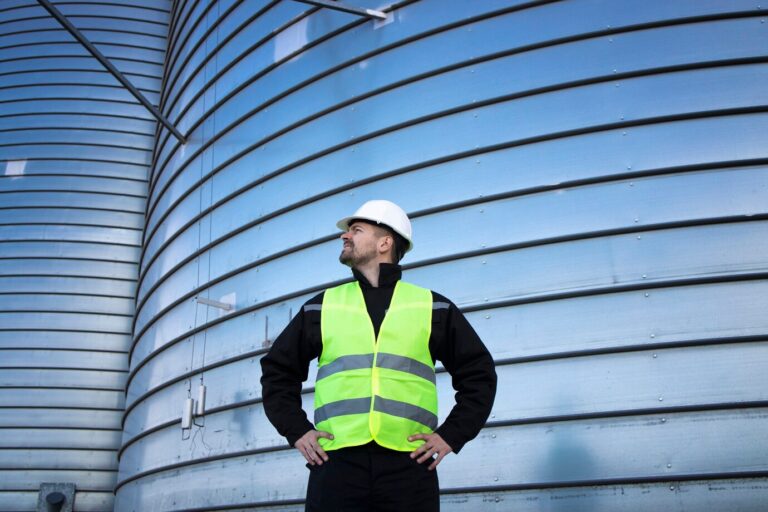In recent years, the workwear industry has seen a dramatic shift due to the growing integration of AI and automation in manufacturing. These advancements are not just enhancing the speed and efficiency of production, but also improving product quality, personalization, and sustainability. As AI and automation continue to evolve, the workwear sector is reaping the benefits of cutting-edge technology to meet the demands of modern workplaces. Let’s dive into how AI and automation are shaping the future of workwear manufacturing worldwide and how you can communicate this evolution on your website.
1. AI-Driven Design and Customization
One of the most exciting advancements in workwear manufacturing is the use of AI in design. Artificial intelligence now helps designers create more innovative and functional workwear by analyzing vast amounts of data, including worker preferences, environmental conditions, and industry-specific needs. For example, AI can suggest the best materials, fabrics, and garment features based on data collected from real-time user feedback or performance in different work environments.
The power of AI also lies in personalization. Thanks to AI algorithms, workwear can now be tailored more precisely to individual workers’ needs. This could mean adjusting garments for body shape, job-specific tasks, or comfort preferences. AI can analyze data from workers (such as their physical measurements or movement patterns) to generate customized workwear that offers the best fit and functionality, ensuring workers have the optimal attire for their tasks.
2. Automation in Fabric Cutting and Assembly
Manufacturing automation is taking over traditionally manual tasks, such as fabric cutting and garment assembly, with remarkable results. Automated cutting machines, powered by AI, now use laser-guided technology to cut fabrics with precision and speed. This process reduces material waste, increases cutting accuracy, and significantly shortens production times. AI systems in these machines are designed to analyze the fabric and optimize cutting patterns, ensuring that every inch of material is used efficiently.
In addition, automated sewing robots are now capable of stitching multiple layers of fabric, often with greater speed and consistency than human workers. These robots can handle complex patterns and stitching techniques, which are crucial in workwear where durability and precision are key. The automation of these processes reduces the likelihood of errors, ensures uniformity, and lowers labor costs, making production faster and more cost-effective.
3. AI-Powered Quality Control
Ensuring high-quality workwear is critical, especially when garments need to withstand harsh working conditions. AI is increasingly being used in quality control to detect defects and inconsistencies during the manufacturing process. Through the use of computer vision and machine learning algorithms, AI can identify even the smallest faults in fabric, stitching, or design that may be invisible to the human eye.
These AI systems continuously learn and improve their accuracy, ensuring that each garment leaving the production line meets the highest standards. The result is fewer returns, rework, and ultimately, higher customer satisfaction. On your website, highlighting how AI-powered quality control ensures premium-quality workwear can set you apart from competitors who might not be using such advanced techniques.
4. Predictive Manufacturing and Inventory Management
AI is also playing a pivotal role in supply chain optimization and inventory management in the workwear industry. Using predictive analytics, AI can analyze demand patterns, predict future trends, and optimize inventory levels accordingly. This not only helps manufacturers avoid overstocking or understocking but also ensures that production schedules align with market needs, minimizing delays and shortages.
Furthermore, automation in inventory tracking ensures that raw materials and finished products are always monitored in real time, significantly reducing the risk of supply chain disruptions. For workwear manufacturers, this leads to more reliable product availability, faster delivery times, and a better overall customer experience. On your website, you can showcase how AI and automation streamline your operations, ensuring your customers get their workwear when they need it.
5. Sustainability Through AI and Automation
Sustainability is a growing concern in all industries, and the workwear sector is no exception. AI and automation are helping manufacturers create more eco-friendly processes. By optimizing fabric usage, reducing waste, and improving the efficiency of production lines, AI is contributing to more sustainable manufacturing practices. Automation also reduces the carbon footprint of traditional manufacturing by minimizing human error, optimizing energy usage, and reducing transportation emissions.
In addition, AI can assist in the design of sustainable materials by analyzing various eco-friendly fabric options, ensuring that workwear is not only functional but also less harmful to the environment. Automated systems can also ensure that workwear is made with recyclable or biodegradable materials, addressing the increasing demand for environmentally conscious products.
If your workwear brand is focused on sustainability, emphasizing your AI-powered eco-friendly production on your website will attract customers who value both quality and environmental responsibility.
6. Smart Workwear Integration with Automation
The combination of AI and automation doesn’t just improve manufacturing efficiency – it also enhances the functionality of workwear itself. With the rise of smart workwear, garments can be integrated with sensors and wearable technology that monitor workers’ health, safety, and performance. For example, workwear can now feature sensors that track vital signs, fatigue levels, or even exposure to hazardous materials.
These smart wearables can sync with AI-powered monitoring systems, alerting workers to potential dangers, or providing valuable data to employers for better workforce management. For instance, an AI system might notify a supervisor if a worker’s heart rate spikes or if their body temperature exceeds a certain threshold, allowing for real-time intervention. This ensures not only safety but also increased productivity, as workers are provided with garments that actively support their performance.
7. Cost Efficiency and Faster Time-to-Market
As automation and AI technology are integrated into manufacturing, cost efficiency becomes one of the most significant benefits. Automated production lines reduce labor costs, streamline processes, and enhance operational efficiency, leading to lower production costs. AI’s ability to predict trends and manage inventory also reduces the risk of overproduction, cutting down on waste and excess costs.
For workwear companies, this means that products can be brought to market much faster while still maintaining a high standard of quality. By communicating how your AI-driven processes reduce costs and improve speed, you can attract businesses that rely on fast and cost-effective solutions for their workwear needs.
Conclusion: Embracing the Future with AI and Automation
AI and automation are not just buzzwords; they are the future of the workwear industry, and they are here to stay. By integrating these technologies, manufacturers are improving every aspect of the production process, from design to quality control, sustainability, and cost efficiency.






